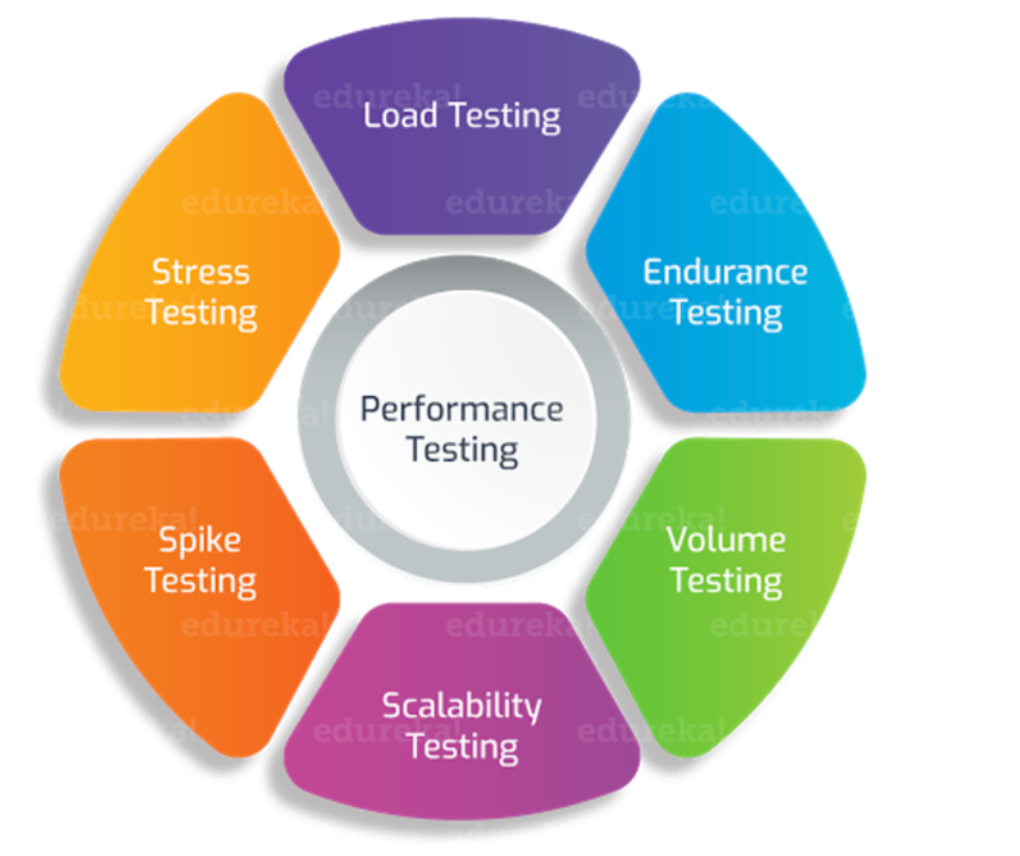Performance testing is a crucial aspect of software testing, designed to evaluate how well an application performs under various conditions. By simulating different workloads, performance testing helps developers identify bottlenecks, optimize performance, and ensure that applications meet user expectations for speed, responsiveness, and stability. In this article, we will explore the fundamentals of performance testing, its importance, and the key types of performance tests.
What is Performance Testing?
Performance testing refers to the process of testing a software application’s speed, stability, and scalability under different conditions. It focuses on determining how an application behaves under normal and peak loads, helping developers assess whether the application can handle real-world traffic and user interactions without slowing down or crashing. Performance testing tools like Apache JMeter and Gatling are commonly used to simulate varying user loads and measure system performance.
Types of Performance Testing
There are several key types of performance testing, each targeting specific aspects of an application’s performance. The most common types include:
Load Testing
Load testing assesses how the application performs under expected user loads. It helps identify performance bottlenecks that could impact the user experience during normal operation. By gradually increasing the load, developers can determine how much traffic the application can handle before performance degrades.

Stress Testing
Stress testing pushes the application beyond its normal operational limits to identify breaking points. This type of test is used to assess how the system reacts to extreme conditions, such as a surge in user activity, and helps determine how the system recovers after failure.
Scalability Testing
Scalability testing evaluates how well an application scales when additional resources, such as CPU or memory, are added. This test helps determine whether the application can handle increased demand by expanding infrastructure without negatively impacting performance.
Why Performance Testing is Important
Performance testing ensures that your application provides a smooth, responsive experience for users. Slow or unstable applications lead to frustrated users, decreased productivity, and even revenue loss. Performance testing allows you to optimize code, reduce response times, and prevent crashes under heavy load, leading to better user satisfaction and system reliability.
Improving User Experience
One of the main benefits of performance testing is ensuring that users have a positive experience. Fast, responsive applications are more likely to retain users, whereas slow applications may result in high churn rates.
Preventing Downtime
By identifying performance issues early, you can prevent application downtime, which can result in revenue loss, damaged reputation, and customer dissatisfaction. Performance testing helps ensure that your application can handle peak loads without crashing or slowing down.
Conclusion
Performance testing is essential for delivering reliable, scalable, and fast applications. By testing how your system performs under varying loads, you can identify bottlenecks, optimize performance, and ensure a stable user experience. Implementing performance testing as part of your development process can help you avoid costly failures and keep your application running smoothly.


